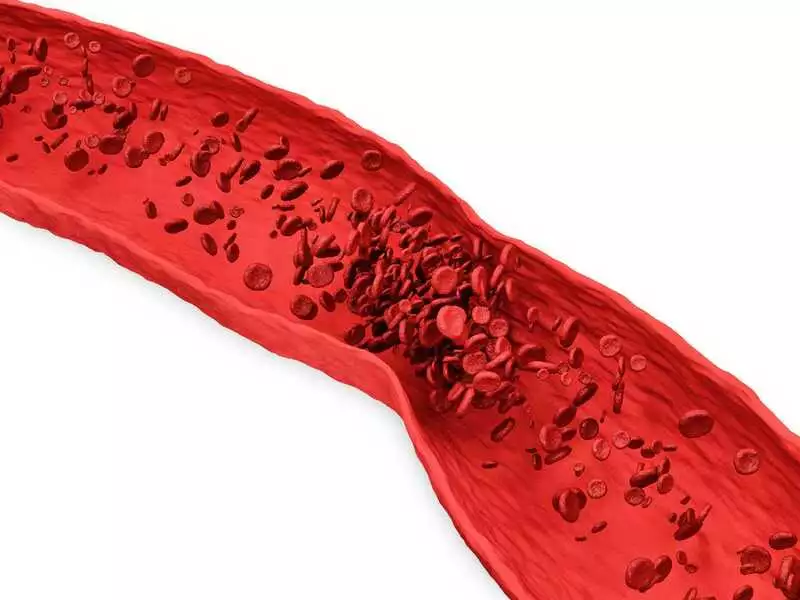Superficial thrombophlebitis can develop, among other things, due to the presence of a catheter in a vein, but also because the patient has varicose veins in the lower limbs. In most cases, the problem even disappears completely on its own after a few days or weeks, but it should not be underestimated: it increases the risk of venous thromboembolism (such as deep vein thrombosis).
Superficialthrombophlebitis is a combination of inflammation and the appearance of different types of thrombotic lesions in the affected vein. The problem can develop in a number of different veins, but is most common in the vessels of the lower limb - superficial thrombophlebitis most commonly occurs in the saphenous and saphenous veins.
The disease can develop in a person of either sex, but it is more common in women. The age of people suffering from this condition also varies, but it is typically seen in older people.
Causes of superficial thrombophlebitis
The most common cause of superficial thrombophlebitis is blood stasis, thrombus formation and, ultimately, inflammation within the affected varicose veins. However, varicose veins of the lower limbs are not the only problem that is associated with the condition - in addition to them contributing to superficial thrombophlebitis can also be:
- the presence of catheters in the venous vessels,
- cancer (especially pancreatic cancer, one of the symptoms of which can be wandering superficial phlebitis),
- excessive body weight,
- pregnancy
- smoking,
- use of oral hormonal contraception or hormone replacement therapy,
- conditions associated with impaired blood flow in the venous vessels (such as prolonged immobilisation resulting from paralysis after a stroke).
Among the much rarer but also possible causes of superficial thrombophlebitis are conditions associated with abnormal blood coagulation, such as antithrombin III deficiency or protein C or protein S deficiency.
Symptoms of superficial thrombophlebitis
The primary symptom of superficial thrombophlebitis is changes to the skin around the affected vessel. It becomes reddened and swelling is also clearly visible. The area around the affected vessel is painful - the patient feels pain mainly on pressure, in addition to the affected area having increased warmth.
If superficial thrombophlebitis is associated with complications in the patient's varicose veins, additional symptoms may be found. These may include a marked hardening of the venous vessel, as well as the possibility of feeling a nodular type of thickening within the varicose vein.
Some patients develop a specific form of the condition - purulent superficial thrombophlebitis. In this case, in addition to the symptoms already mentioned, patients may develop fever or purulent discharge in the area of the affected blood vessel.
In rare cases, however, superficial thrombophlebitis may be completely asymptomatic.

photo: panthermedia
Superficial thrombophlebitis: diagnosis
Usually, when superficial thrombophlebitis is suspected, there is no need to carry out any special examinations - the diagnosis can usually be made once the patient has been diagnosed with the symptoms typical of this condition. In certain situations, however, it is advisable to extend the diagnosis. This is the case, for example, in patients in whom superficial thrombophlebitis developed in connection with the insertion of a vascular catheter - in these patients, especially in the purulent form of this condition, microbiological tests (to identify the causative pathogen) may be performed. Catheter fragments can be used as material for such analyses.
In patients who develop superficial thrombophlebitis due to the existence of lower limb varicose veins, a Medical US examination of the lower limb veins may be indicated. The rationale for this is that it is beneficial to assess the location of the thrombus - if it is quite high up (above the knee), there is a risk of it entering the deep veins, which can lead to deep vein thrombosis.
For those who are diagnosed with superficial thrombophlebitis, but fail to find the causative factor, a broad diagnosis may be indicated. A potential cause of the problem may be cancer, so in cases where the aetiology of superficial thrombophlebitis is unknown, it may be advisable to carry out tests to exclude the possibility of cancer.









